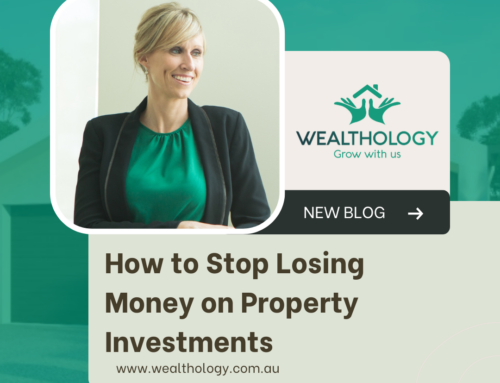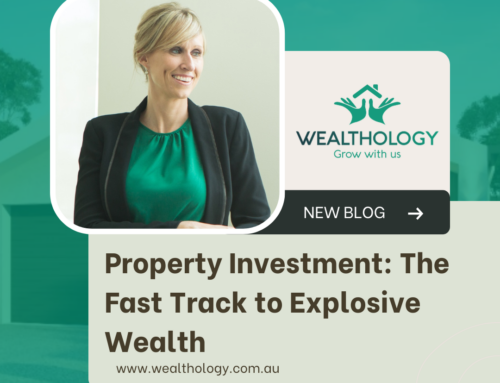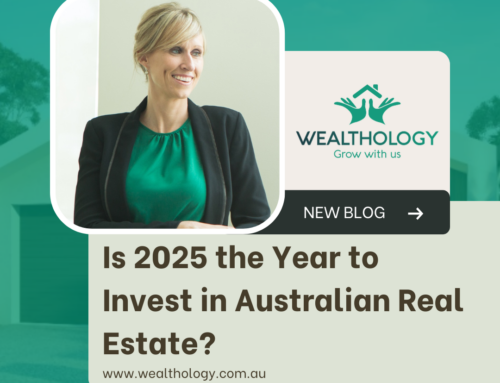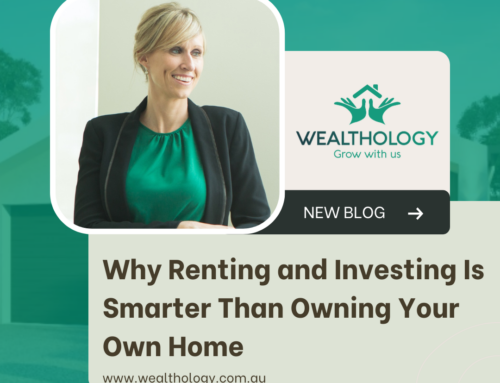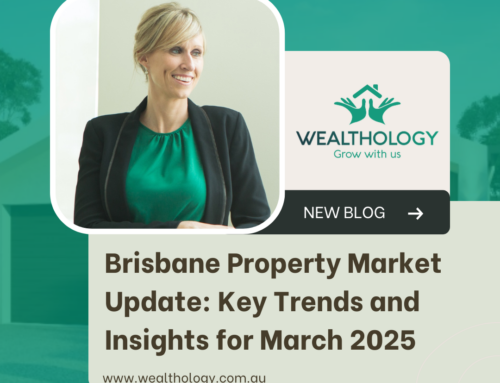Australia wide we are seeing record low levels of rental properties and sale listings putting upward pressure on both the rental and sales market.
I’ve been digging into the numbers and nationally, the total number of properties advertised for sale over the last four weeks was 13.3% lower than the same period a year ago, demonstrating an ongoing shortage of available housing to purchase.
Property is a tangible asset and is subject to supply and demand. This means that the price of a house, like those of stocks and fuel, depend heavily on the law of supply and demand. More demand, prices tend to rise; more supply, they tend to fall.
Looking at listing ratios and supply is often a key indicator for our team when acquiring for our clients. For instance, Sydney and Melbourne have returned to “normal” levels of stock and as a result housing growth has stalled dramatically.
In comparison, we’ve been focused on Brisbane and current listings there are 20% lower than a year ago and more than 40% below the previous five-year average.
Explaining the difference as to why listings are increasing in the southern cities and decreasing in Brisbane is quite an easy one. The trend towards higher overall stock levels (supply/listings) in Sydney and Melbourne can be credited to affordability. These two cities are the most expensive in Australia and as a result a smaller percentage of the population can afford to buy a property in these two cities.
In Brisbane, the supply remains far outweighed by demand on the back of owner occupiers still being able to afford the relative price point of the market, interstate purchasers being priced out of their local markets and high market sentiment amongst existing owners meaning fewer properties being listed for sale.
This trend is expected to continue as Brisbane becomes the focus for many when it comes to investing. Many of the major banks and financial players have adjusted their focus and reports to highlight southeast Queensland as a key market for growth in not only the short term but over a ten-year period.
This is significant in the fact that many Wealthology clients have exposure to this marketplace already in the $450,000 – $600,000 range.
From a rental standpoint, now is not a good time to be in the rental market as a tenant but an excellent time to be a landlord. Here’s why…
The national vacancy rate also continued its downward trend to 1.1%. To provide context, 3% is considered a balanced market meaning the pendulum continues to shift further in favour of landlords with all Australian capital cities seeing a decline in vacancy rates.
Australia is on the verge of a rental crisis, as rental demand continues to rise, and vacancies continue to fall.
These low vacancy rates put upward pressure on rental prices with landlords having more options in relation to tenant selection and are often able to increase rents such is the demand. Data released by domain.com.au has indicated that Australian cities have hit record high rental prices and our prediction at Wealthology is that this trend will continue on the back of international borders reopening and the influx of international migrants that is expected to follow.
These conditions continue to swing in favour of the landlord providing real estate investors ample selection when it comes to tenants and often resulting in increases in their weekly asking amounts.
I expect that increased national migration will occur on the back of relative affordability from our southern counterparts adding further fuel to an already raging rental supply fire.
All of this translates to “a great time to be a property investor in Southeast Queensland “.

